If you are planning to travel to Ho Chi Minh City (HCMC), you must visit its Chinatown to appreciate and understand the beauty of Vietnamese-Chinese culture in the heart of the city. After hundreds of years, Saigon Chinatown is still a place to preserve the cultural charm of architecture, cuisine, beliefs,... of the Chinese people living in Vietnam.
1. An Introduction to Saigon Chinatown
The phrase Chinatown has appeared in several countries around the world such as the US, France, Singapore, and Thailand to refer to a collective area where Chinese people live. Because the Chinese have a very high spirit of solidarity, they often gather and create Chinatowns abroad as a haven for Chinese immigrants to do business, trade, connect, worship, or catch up on the news from their motherland.
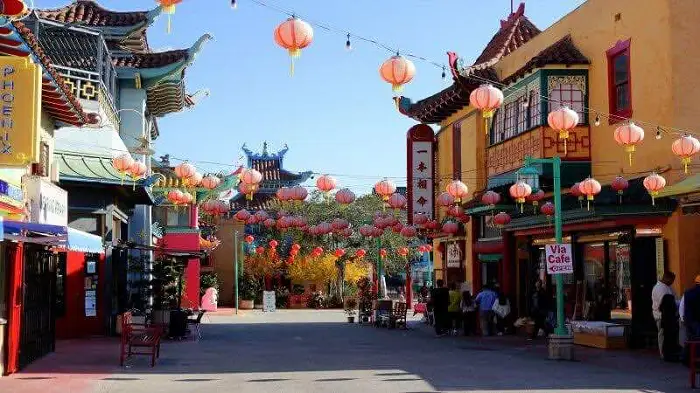
Ho Chi Minh City (formerly Saigon) was also inhabited by Chinese people (mainly Chaozhou and Fujian people); they also built a Chinatown in what is now District 5, Ho Chi Minh City and it is called Ho Chi Minh City Chinatown or Saigon Chinatown. This area remains the home to around 60% of Chinese residents and a captivating tourist spot of HCMC.
Upon visiting this place, visitors will cherish Chinese architectural works such as assembly halls, pagodas, etc. In front of every house, people often hang red Chinese lanterns. As for businesses, they all have shop signs written in Vietnamese and Chinese. There are also many interesting places that tourists should visit on the journey to explore Saigon.
2. Interesting Attractions in Saigon Chinatown
2.1 Thien Hau Pagoda
- Address: 710 Nguyen Trai, District 5, Ho Chi Minh City.
Unlike Vinh Nghiem Pagoda, which represents traditional Vietnamese architecture, Thien Hau Pagoda has unique Chinese features. The pagoda was built in 1760, and despite the many years that have passed, it still keeps its timeless beauty. This temple is famous for its sacredness and is crowded with visitors wishing to pray for love, peace, and fortune.
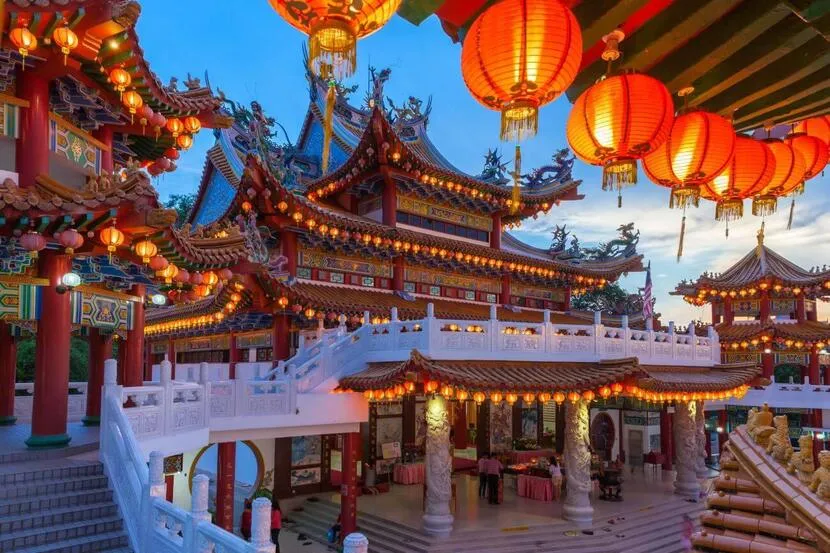
2.2 Ha Chuong Assembly Hall
- Address: 802 Nguyen Trai, District 5, Ho Chi Minh City.
This is a unique construction in China Town Saigon that visitors should not miss. Ha Chuong Assembly Hall is also known as Chuong Chau Assembly Hall or Ong Huoc Pagoda, Ba Ha Chuong Pagoda. This building has Chinese temple-style architecture with elaborate wood, stone, and tile sculpture motifs.
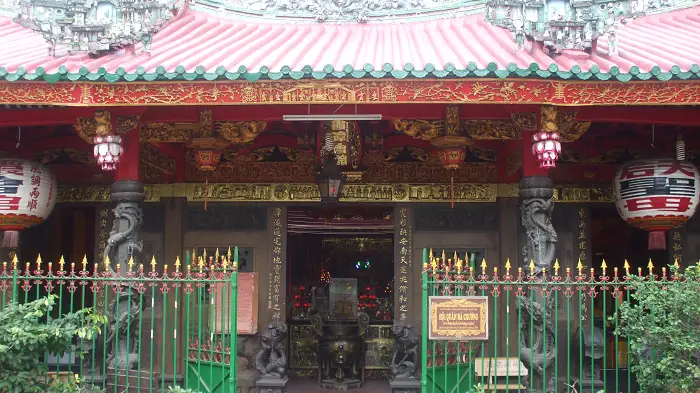
2.3 Luong Nhu Hoc Lantern Street
- Address: Luong Nhu Hoc Street, District 5, Ho Chi Minh City.
This place is considered a prosperous place with luxury shops that have an image of Hong Kong similar to the nearby Hao Si Phuong Alley. On major holidays such as Lunar New Year, First Full Moon Festival, Mid-Autumn Festival,..., people will hang colorful lanterns on both sides of the street, making the space more jubilant and magical.

2.4 Tam Son China Town Assembly Hall
- Address: 118D Trieu Quang Phuc, District 5, Ho Chi Minh City.
Tam Son Assembly Hall was built in 1839 by the Fujian community under the reign of King Minh Mang. The pagoda has a vibrant red tone but remains simple and rustic, bringing a feeling of peace and relaxation to visitors. The pagoda is also a place of prayer for many infertile couples who hope to have children soon.
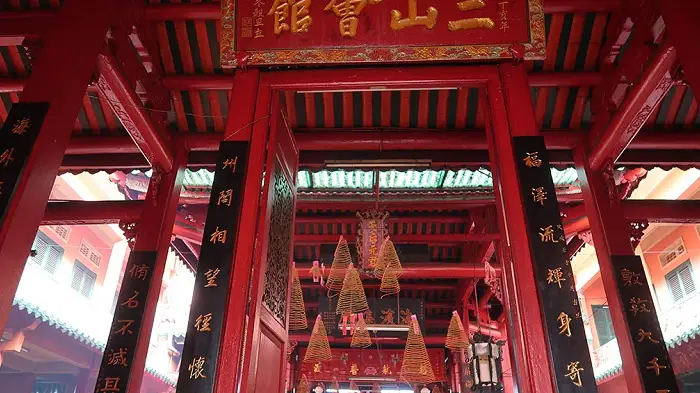
2.5 Hao Si Phuong
- Address: 206/17 Tran Hung Dao Street, Ward 11, District 5, Ho Chi Minh City
Amidst the vibrant hustle and bustle of Saigon, Hao Si Phuong Alley exists as a peaceful and rustic oasisuntouched by time. It has been home to a predominantly Chinese community for over a century. Originally a community of Chinese immigrants who worked in soap manufacturing, Hao Si Phuong now houses a mix of Chinese and Vietnamese residents, creating a unique cultural blend.
Hao Si Phuong's architecture is a fascinating blend of old and new, with two-story buildings showcasing both traditional Chinese and modern Vietnamese influences. As you wander through the narrow lanes, you'll encounter distinctive elements of Chinese culture, such as red couplets adorning doorways, hanging lanterns, window grilles, and small altars nestled outside homes.
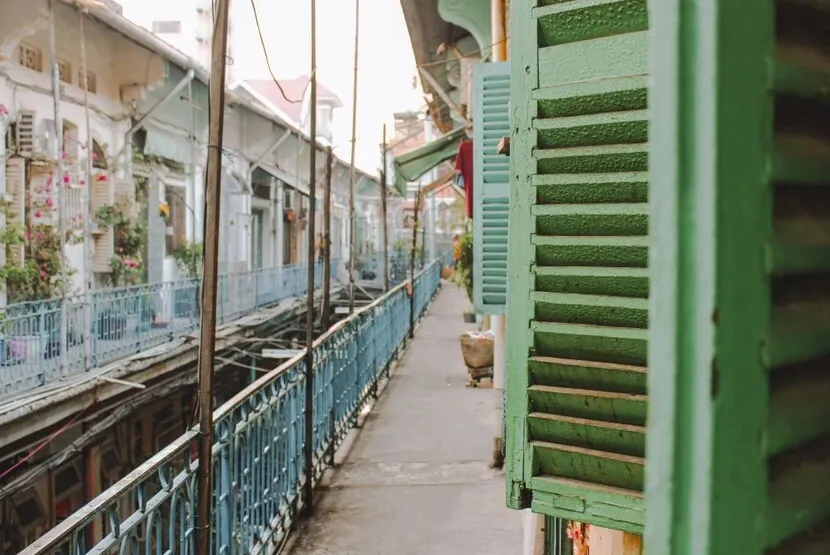
A small note for visitors: The best time to visit Hao Si Phuong is between 9-11 am or 3-5 pm. This allows you to experience the alley's charm without disrupting the residents' daily routines.
And, please be aware that photography is currently prohibited in Hao Si Phuong.
2.6 Quan Am Pagoda
- Address: 12 Lao Tu Street, Ward 11, District 5, Ho Chi Minh City
Quan Am Pagoda (or On Lang Assembly Hall) is a beautiful and historic Buddhist temple located in Cho Lon, Ho Chi Minh City's Chinatown. Built-in the 19th century, it's dedicated to Quan Am (Guanyin), the Goddess of Mercy. This God always protects those who have to travel a lot on water or go far away to work. Here, people also worship Bodhisattva Avalokitesvara to pray for wealth, prosperity and health for their families. The pagoda is known for its intricate Chinese-style architecture, serene atmosphere, and colorful decorations. It's a popular place of worship for locals and a fascinating attraction for visitors.
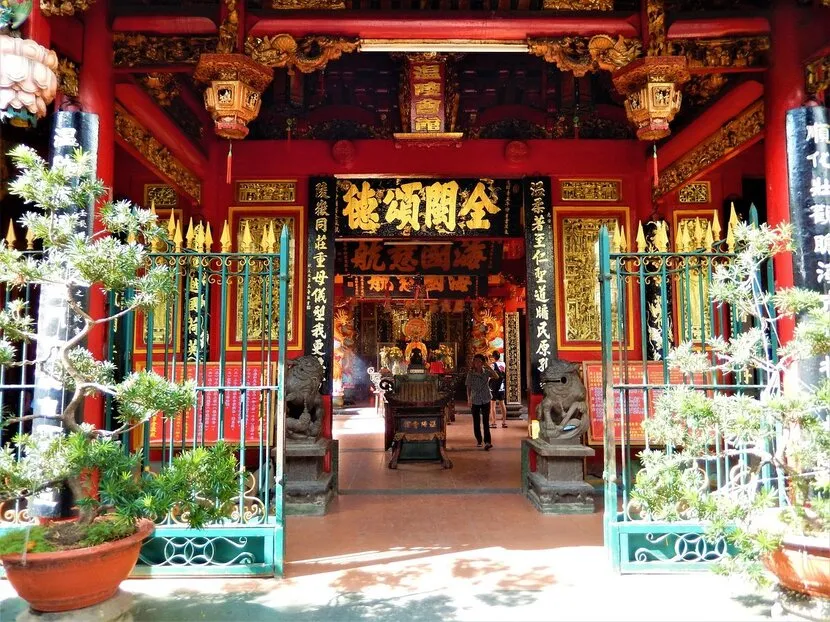
2.7 Binh Tay Market
- Address: 57A Thap Muoi Street, Ward 2, District 6, Ho Chi Minh City
Your visit to Chinatown would be incomplete without visiting Binh Tay Market. It's a vibrant and colorful place where you can find everything from fresh produce and seafood to clothing, souvenirs, and household goods. The market was built in the late 19th century and features a unique blend of Chinese and French architectural influences. Visit Binh Tay Market to experience the local culture and try delicious traditional street food.
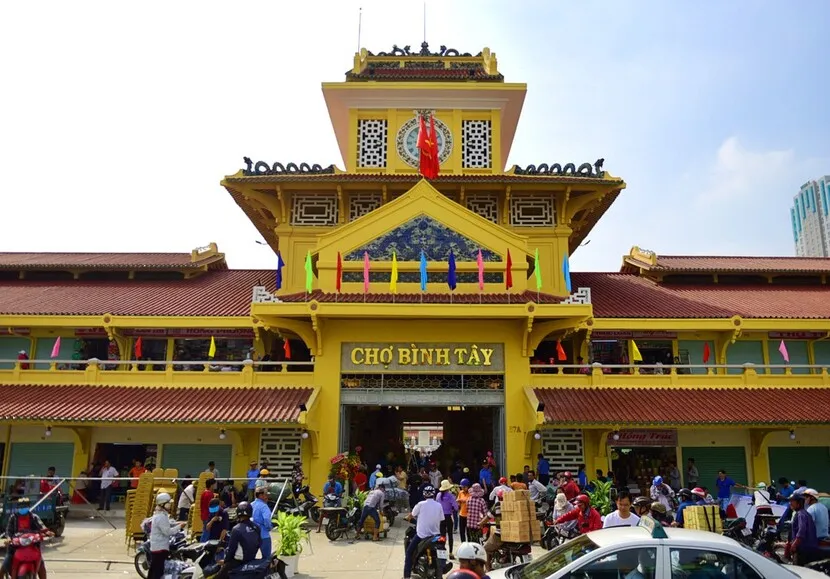
3. Delicious Food and Eateries in Saigon Chinatown
When coming to Saigon Chinatown, you cannot miss the cuisine here. Let's see what's on the menu.
3.1 Dong Nguyen China Town chicken rice
This is a famous chicken rice restaurant in District 5, where many Chinese come to eat. The restaurant's chicken rice dish is made from chickens whose meat is chewy and the skin is crispy. Other dishes here such as pha lau rice, char siu rice, and silkie soup with the five fruits,... are also very delicious.
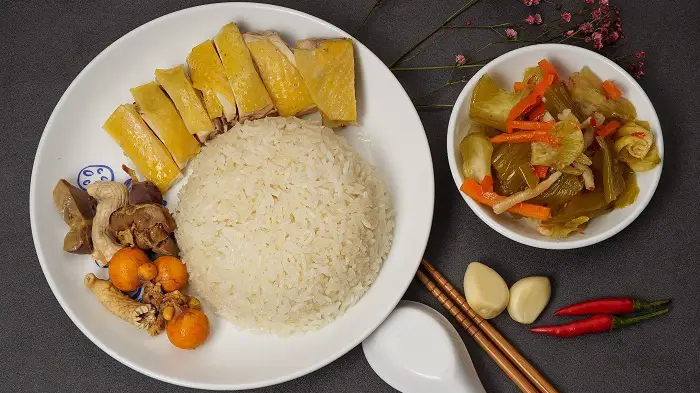
- Address:
- 801 Nguyen Trai, District 5, Ho Chi Minh City
- 53 Ha Huy Tap, Tan Phong Ward, District 7, Ho Chi Minh City
- Opening hours: 9:00 - 20:30;
- Reference price: 45,000 - 250,000 VND/dish.
3.2 Hoa Sweet Soup - Ha Ky Sweet Soup Shop
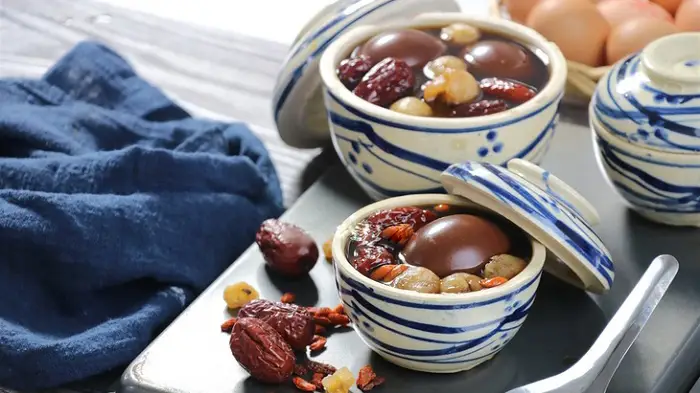
Chinese sweet soup has ingredients and flavors that are very different from those of the Vietnamese. Types of sweet soup you must try at Ha Ky shop include chicken egg sweet soup, ching bo leung, Guilinggao,... These Saigon snacks are all mildly sweet, cool, and good for health.
- Address: 136 - 138 Chau Van Liem, District 5, Ho Chi Minh City;
- Opening hours: 10:00 - 22:30;
- Reference price: 25,000 - 45,000 VND/dish.
3.3 Dan Ich China Town Fish Hotpot
This delicious restaurant in Saigon Chinatown has been around for a long time and is famous for its traditional way of heating hot pots with charcoal. The restaurant's hot pot is extremely high quality, filled with shrimp, fish, fish balls, squid, etc. The hot pot broth is rich and goes well with vermicelli or yellow noodles.
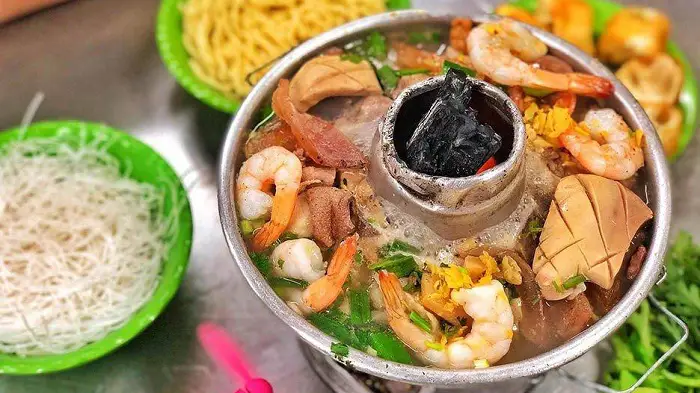
If you choose to have dinner, in addition to hot pot, you can also enjoy typical Chinese dishes such as Duong Chau fried rice, shiitake mushrooms stuffed with shrimp, fried onions with shrimp,...
- Address: 99 Chau Van Liem, District 5, Ho Chi Minh City;
- Opening hours: 16:00 - 22:00;
- Reference price: 50,000 - 110,000 VND/dish.
3.4 Dimsum Baoz China Town
This cute little breakfast dish of Dimsum is no stranger to Chinese foodies. Visitors can visit Baoz Dimsum Restaurant to enjoy delicious dishes such as black vinegar wontons, Sichuan fish heads, glass dumplings, crab brick shumai, deep fried stuffing crab claw,...
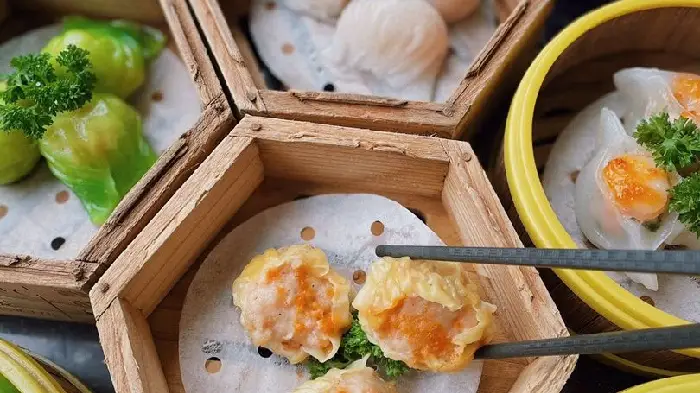
- Address:
- 82 - 88 Nguyen Tri Phuong, District 5, Ho Chi Minh City
- 299 Le Dai Hanh, Ward 13, District 11, Ho Chi Minh City
- 190 Hong Bang, Ward 12, District 5, Ho Chi Minh City
- Opening hours: 6:30 - 22:30;
- Reference price: 60,000 - 350,000 VND/dish.
Chinatown Ho Chi Minh City is not simply an attractive tourist destination but also a place for visitors to better understand the culture and history of Saigon and the harmony between Vietnamese and Chinese cultures. If you have any further questions for tours to Ho Chi Minh City, feel free to leave a comment below or contact our travel experts via email: [email protected] for instant support.
See more articles:
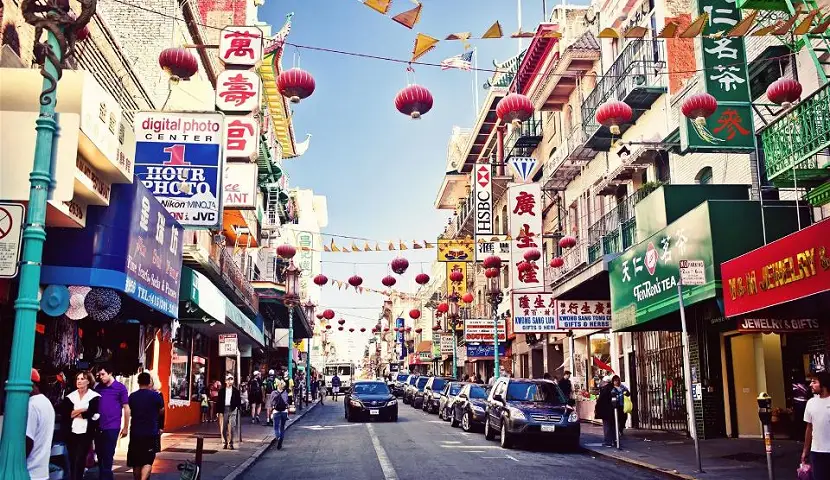







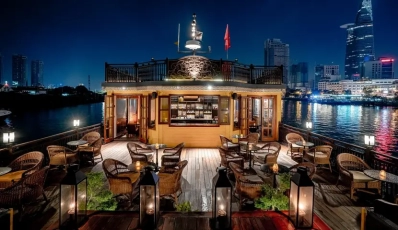


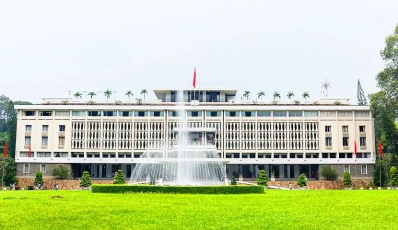
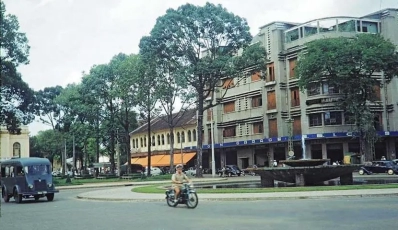

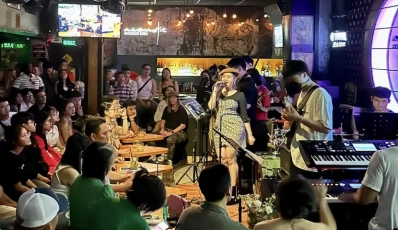
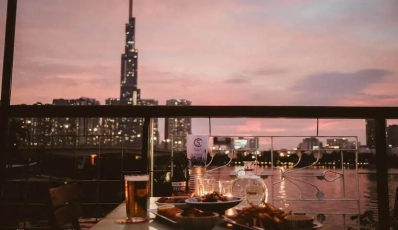
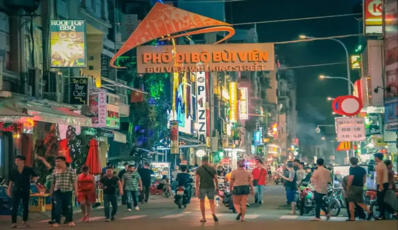




 TRAVELERS' CHOICE 2025
TRAVELERS' CHOICE 2025 


